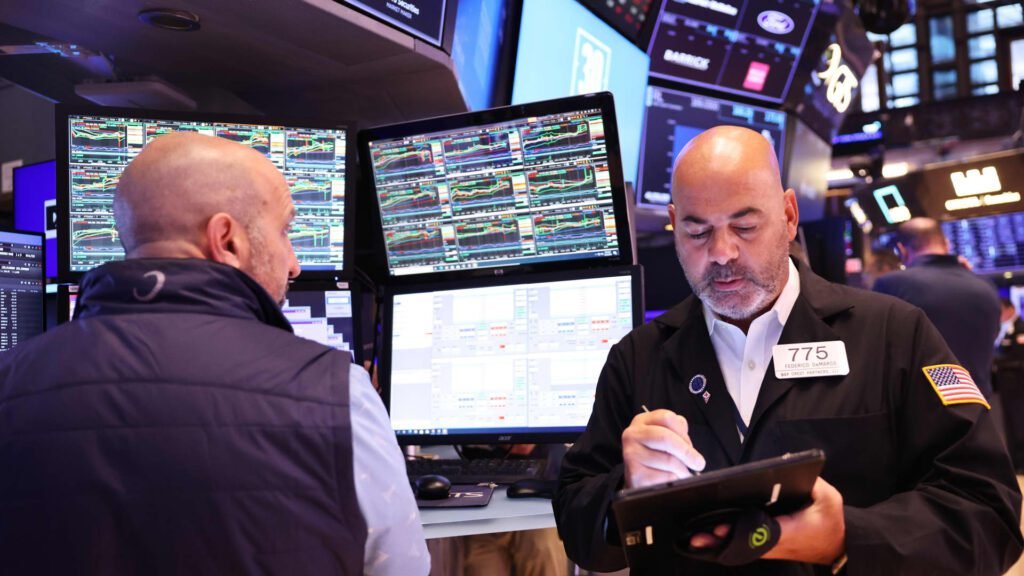According to Goldman Sachs, the largest investor groups, hedge funds and mutual funds, have been flocking to the same stocks in the last quarter, anticipating a shift in market leadership and rising volatility. The Wall Street bank analyzed the holdings of 693 hedge funds (with $2.8 trillion in total stock holdings) and 554 mutual funds (with $3.7 trillion in equity assets) at the beginning of the third quarter, based on regulatory filings. It then created a “Hedge Fund VIP Basket” consisting of the 50 stocks that appear most frequently among the top 10 hedge fund holdings, and a “Mutual Fund Overweight Basket” consisting of the 50 stocks that mutual funds are most overweighted in. Goldman found eight “shared favorites” between hedge funds and mutual funds in the last quarter. These shared favorites, like the overall market, are up 17% year to date. Hedge fund and mutual fund favorite overlaps have a history of outperformance. According to Goldman, the stock has outperformed the S&P 500 by 3 percentage points annualized in 61% of months since 2013. The list includes credit card giants Visa and Mastercard and building materials company CRH PLC. Of particular note, Dan Loeb of Third Point, which owns Dublin-based CRH PLC, said he is bullish on attractively priced “real world” companies. Healthcare company UnitedHealth and insurance company Progressive were also popular with both hedge funds and mutual funds. Insurance stocks have been doing well lately, with earnings outlooks normalizing and in some cases improving as the effects of the COVID-19 pandemic fade. Overall, hedge funds and mutual funds cut their exposure to winning mega-cap technology names by the end of the second quarter. Goldman found that the weighting of the so-called “Magnificent Seven” stocks in hedge funds’ long portfolios fell for the first time since 2022. Mutual funds also became bearish on these tech stocks, reducing their weighting in their portfolios. The changes in positioning helped cushion the impact of the summer sell-off in these Magnificent Seven stocks. Meanwhile, these two groups of investors increased their allocations to health care, which offers protection and growth that has little to do with the AI boom, Goldman said.




